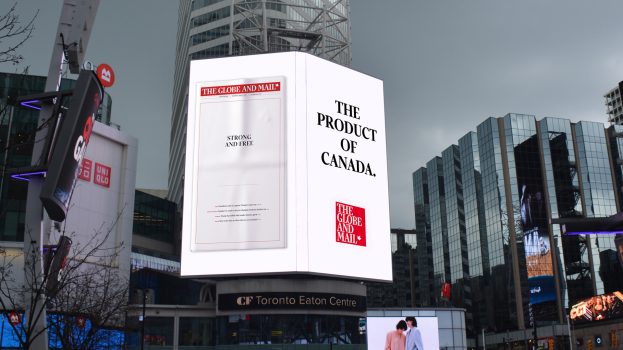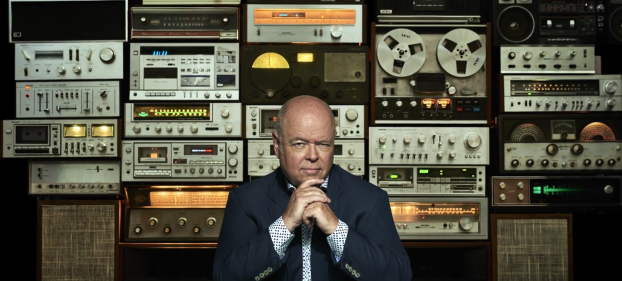Hardball was definitely the name of the game during this year’s fierce upfront negotiations. Three months later, some media buyers are still fuming about what went on.
‘People are very bitter about how certain broadcasters, both English and French, have gone about business this year,’ says Sherry O’Neil, managing director at Toronto’s OMD Canada.
‘The broadcast industry created an incredible amount of negative feeling from our side of the table,’ she adds. ‘There could be very lasting challenges for some of them in rebuilding relationships – not only with agencies but with clients as well: they’re quite aware of who’s being a good partner and who’s looking to make a quick buck.’
What made media buyers so angry? Primarily that rates were hiked by amounts that prompted sticker shock and yowling outrage.
‘It was dreadfully expensive and they were totally inflexible,’ says veteran buyer Linda Simons, who is currently freelancing at Toronto’s Genesis Media. And the pressure exerted on buyers was more brutal than she’s seen in 17 years. ‘They gave you literally 48 hours to buy and two weeks to confirm.’
To be fair to Canadian broadcasters, explains Helena Shelton, VP broadcast operations at Toronto’s MBS: ‘The upfront hysteria was probably driven by what was happening in the U.S., where we heard about buyers sleeping in their offices because everything was so crazy.’
Why the frenzy down south? Shelton says: ‘It had to do with their economy and the war. The budgets that were held back during the Iraq conflict were suddenly being released.’
Everyone Strategy spoke to for this story agreed that rates were boosted by an unexpected degree. But opinions differ on the exact amount.
O’Neil estimates the rise at about 15% overall and says she ‘personally reminded both CTV and CanWest – who were extremely aggressive in judging what demand was going to be for the fall – that we have never mirrored the U.S. activity. We didn’t drop by 15% two falls ago, when the U.S. did. Instead, we continued to climb. So why would we be willing to increase our upfront rates by 15% now?’
Caroline Gianias, VP/director broadcast at Toronto’s Carat Canada, says she was shocked by hikes of ‘easily 40% for things like CSI on CTV.
‘Given that CSI’s audience seems to be eroding faster than CTV’s other audiences, that absolute cost is ridiculous,’ she adds. ‘As an advertiser, my budgets certainly haven’t increased that much. So why suddenly am I being punished?’
Another allegation bruited about in the media community this year was that some broadcasters’ audience estimates were unreasonably inflated.
To test that possibility, MBS’s Shelton says she ‘did a little exercise,’ adding up all the prime-time audience estimates of Toronto’s conventional broadcasters and then comparing that to the actual viewer population. The result? ‘They were offering 22% more viewers than actually exist. So, as always, it’s a case of buyer beware and be using your own estimates.’
But despite the madness of the first round, Simons notes that the second wave of buying was practically nonexistent, leading one to assume that buyers indeed plunged in and met most of their requirements at the sound of the starter’s pistol.
‘There wasn’t a second wave of buying in August like there typically is,’ agrees O’Neil. ‘It was just dead. The only thing that’s going to save some of their butts in terms of making their numbers is [selling advertising for] the Ontario election.’
So what do broadcasters have to say in their own defence? To begin with, says David Kirkwood, EVP marketing and sales at Toronto-headquartered CHUM, ‘of course I’m going to say our rates didn’t shoot up unreasonably, although I think it’s a very healthy year.
‘But if [other broadcasters’ rates soared], all I can say is that it’s the market that decides. If there’s a demand for top programming and advertisers want it enough, stations may feel they can achieve those premiums.’
As for CTV, Tom Curzon, group VP corporate communications, says his company’s ‘general rate increases were modest.’
CBC’s chief marketing and sales officer for English television, Doug Brooks, says ‘our pricing increases have not been out of the normal compared to the past two years and we haven’t taken significant increases in any of our properties.
‘We try to take a long-term view, as opposed to taking very large increases in years that may present opportunities to do that, and then taking significant decreases when market conditions decline. That wouldn’t be servicing the advertising community in a fair way, nor creating a sustainable competitive advantage over time.’
All in all, the consensus is that this has been a particularly challenging year. How are media buyers coping?
OMD’s O’Neil says that ‘by having a pretty strong strategy of how and when to buy the markets and how to leverage the mix of channels,’ her team ‘was able to manage the inflation so that our clients are seeing a 3% to 5% increase overall.’
And Gianias says that Carat coped by ‘looking at how to effectively use the medium to deliver hopefully the same awareness’ with overstretched budgets.
‘You look at your strategy and say maybe the tonnage shotgun approach to GRPs isn’t going to work, so let’s pare it back and isolate certain programs where we know the viewers are. Or perhaps we look at program sponsorships as ways of building awareness, rather than just throwing spots out there. Perhaps you look at driving national awareness through the percentage of specialty you buy, or your regional market list.’
What’s the bottom line here? Gianias cautions that ‘in Canada, the percent of the market controlled by national networks is not as large as it is in the U.S., so it doesn’t drive the advertising scene nearly as much.’























